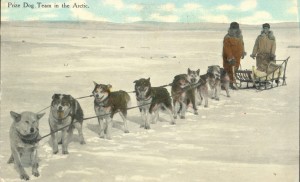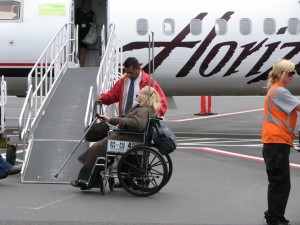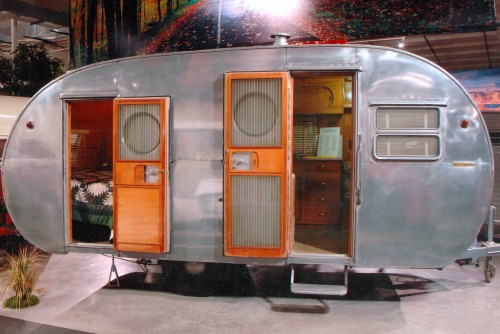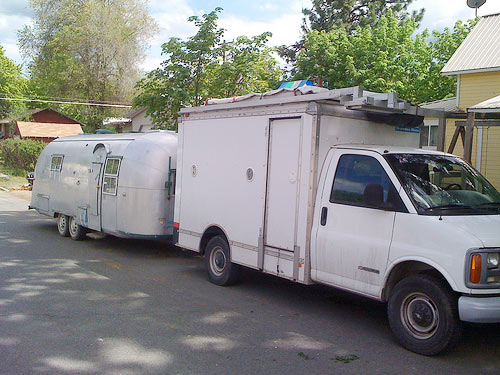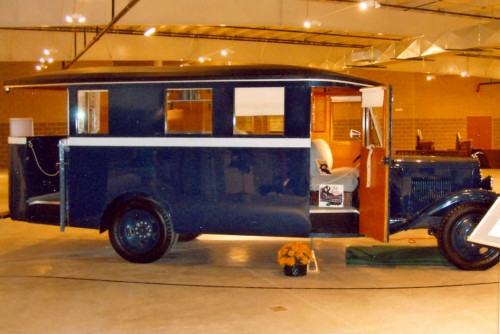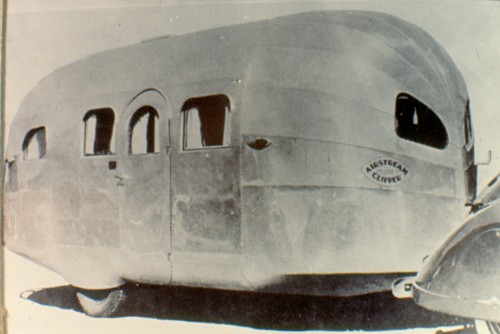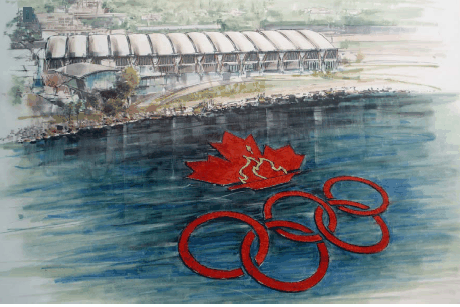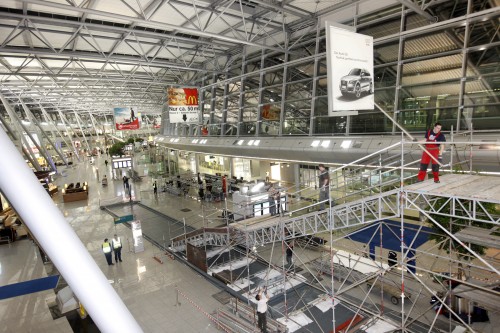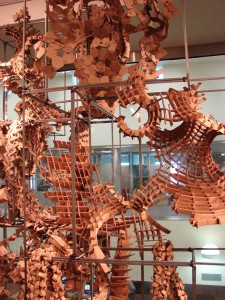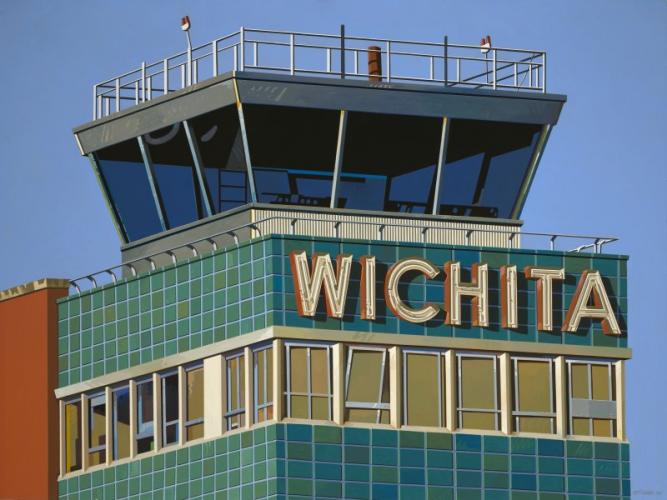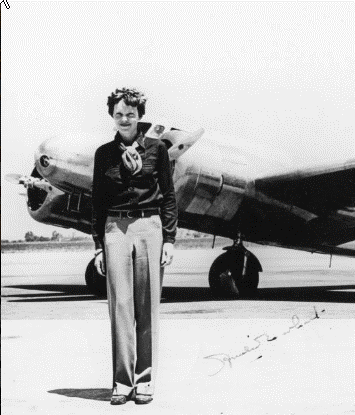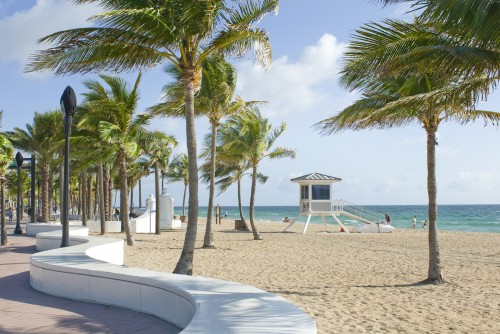
Around this time of year, experts often remind air travelers that holiday sanity can come wrapped in an airplane ticket to a secondary or alternate airport.
Their advice: Fly to smaller, easily accessible airports such as Oakland International instead of San Francisco, Baltimore Washington International over Dulles or Milwaukee’s General Mitchell International over Chicago’s O’Hare.
“Not only does flying into alt-city airports usually save travelers money and time, it also alleviates frequent travel frustrations that typically go hand-in-hand with major city airports,” said John Peters of Rand McNally/Tripology, who said parking is often cheaper and easier at secondary airports.
Another plus: Tickets are typically cheaper when you fly into alternate airports, as they are often served by low-cost carriers.
“Smaller airports usually have shorter security lines as well,” added American Express Travel Specialist Tanisha Sanders.
Stay awhile
A potential downside to the alternate airport plan is costlier transportation costs when traveling to your actual, larger-city destination. Unless, that is, you stick around.
“Alt-cities not only help travelers avoid hassles,” said Jennifer Gaines, contributing editor for Travelocity. “Compared to their larger city counterparts, alt-cities usually have hotel rates that can be much lower.”
Gaines sampled rates for a weekend in early January 2011 and found rooms at the Fairmont San Jose for $121 per night versus $207 per night for the same type of room at the Fairmont in San Francisco. “Fly into Baltimore Washington International and stay in Baltimore instead of going to Washington, D.C., and you can stay at the Loews Annapolis for $111 a night compared to The Madison, also a Loews hotel, in D.C. for $229 a night,” said Gaines. “And if you fly into Newark-Liberty Airport, you can stay at the W Hoboken, right on the Hudson, for $179 a night. If you go to New York City and stay at the W Times Square, the rate is $218 a night.”
What to do?
“Many alt-cities are cheaper yet still terrific destinations brimming with terrific restaurants, local art scenes and fun family attractions,” said Peters of Rand McNally/Tripology, who offered Fort Lauderdale as an example.
The airport has a wide selection of low-cost and popular air carriers, while the city offers a vacation experience similar to the costlier Miami, located 35 minutes away, he said.
“Fort Lauderdale has pristinely beautiful weather, is close to beaches and has diverse hotels and a growing arts and entertainment scene,” Peters said. “Visitors can stroll along the Downtown Riverwalk Art & Entertainment District, visit the Museum of Discovery & Science with kids, take an airboat tour of the Everglades or relax at Fort Lauderdale’s Deerfield Beach, which is a much better beach for families than Miami’s South Beach.”
Sanders of American Express Travel noted that vacationers don’t need to give up luxury, either. “You could stay in Fort Lauderdale at the Atlantic Hotel for approximately $270 a night versus staying on Miami Beach, where you’ll pay $545 a night for the Delano,” she said. “The only difference is location.”
For those choosing a visit to Oakland over San Francisco, Sanders recommends a free tour of Oakland’s Fornia Fortune Cookies factory (where the secret of how fortunes get inserted inside cookies is revealed) and a visit to the classic Art Deco Paramount Theater, which hosts movies, ballet, concerts, stand-up comedy and performances by Oakland East Bay Symphony.
Travelocity’s Gaines said Newark, N.J., is a great alternative to New York City. “Newark has a very large Portuguese population, and in the Ironbound District there’s a selection of great restaurants you wouldn’t expect when you think of Newark,” she said. Other attractions include the Prudential Center — which hosts the New Jersey Nets, New Jersey Devils, concerts and other events — and the Newark Museum, which has 80 galleries, a mini-zoo, a planetarium and a Victorian mansion.
Patrick Evans of STA Travel, a discount student-oriented travel agency, said many people fly into Buffalo and drive to Toronto to avoid international fees, but, he said, “staying in Buffalo offers a ton of great options. You can head over to Niagara Falls to visit the beautiful Buffalo Japanese Garden or take in the nightlife, which stays open until 4 a.m.”
Evans also suggests an alternative to Raleigh, S.C. “Spend some time in Greensboro, where you can check out the International Civil Rights Center and Museum, which is housed in the same building as the famous Greensboro sit-ins.”
Milwaukee’s best
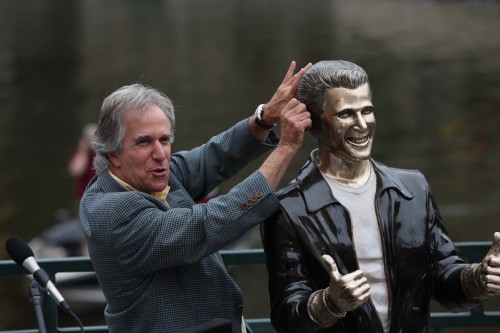
“For years, Milwaukee’s General Mitchell International has touted its benefits — namely affordable fares and overall convenience — in an effort to lure Chicago O’Hare passengers,” said Pat Rowe, an airport spokesperson.
The strategy has been working. The airport has seen an increase in travelers flying into Milwaukee and then driving or taking the train to Chicago.
Milwaukee has plenty to offer visitors who stick around. “There’s the Miller Brewing Company and the amazing Discovery World, a science center located on the lakefront,” Evans said. Mummies of the World, the largest assembled exhibition of mummies and related artifacts, is now at the Milwaukee Public Museum, and Milwaukee is also home to the Harley-Davidson Museum.
Visitors can also pose for a thumbs-up photo with the bronze statue of The Fonz, Henry Winkler’s character “Happy Days,” said Dave Fantle of VisitMilwaukee.org. “That’s much cooler than posing with the bronze statue of Bob Newhart in Chicago.”
Not all travel experts get behind the alternate city idea, however.
Pauline Frommer, syndicated radio show host and creator of a popular guidebook series, doesn’t buy the theory.
“All these cities do have worthwhile attractions, but I just don’t think they have them to the scale or the depth of the competing cities. I’m sorry, but a big city like Chicago, with the Field Museum and the new park and all the other attractions just trumps Milwaukee,” she said.
“Even if it does have some fun breweries.”
(This story originally appeared on msnbc.com: Smaller cities offer alternative to big-city vacations.)
